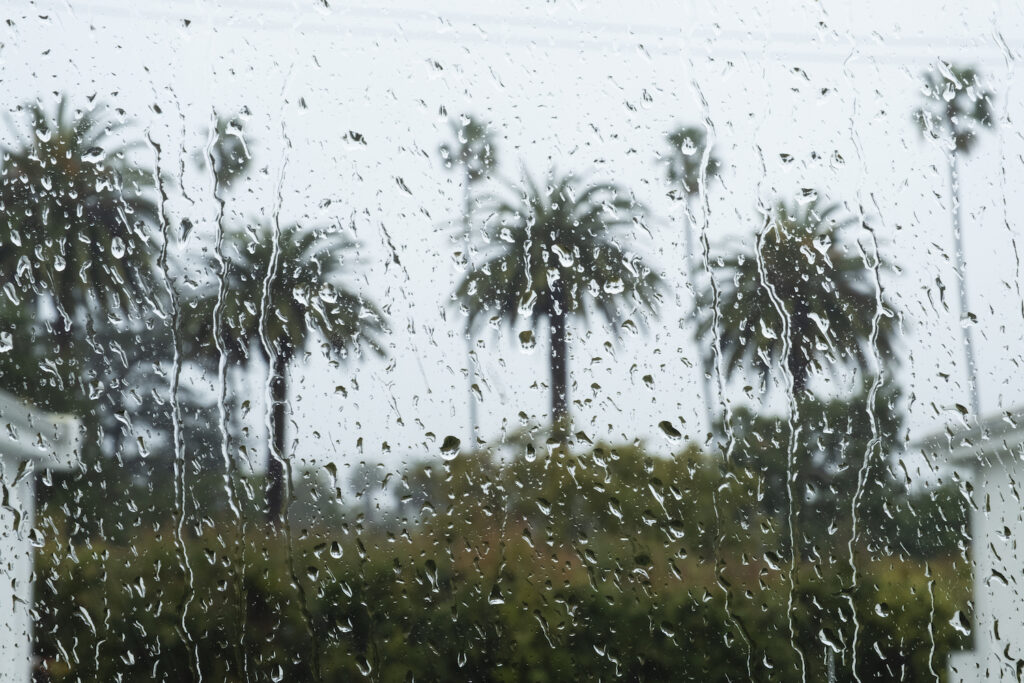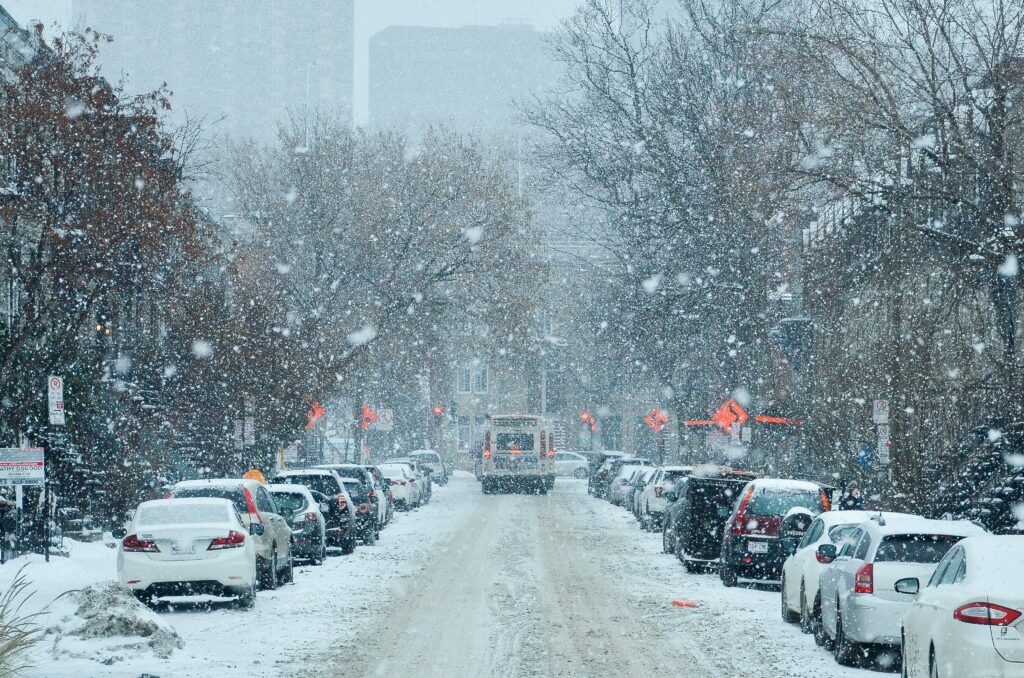The eyes of alarmist media are on Texas right now because it is having, of all things, hot weather in mid-summer. Which is apparently due to “global” warming although for some reason most of the United States has been cooler for months than the average since 1991. But of course the latter is just weather. Whereas if it gets hot somewhere, well, you know.
It is cool in many places and has been all year. We ourselves noted, for instance, that Ottawa was getting frost warnings into May. Strange weather we were having, apparently. Like that heavy snow in west-central Alberta in June that clogged highways and saw two Belgian hikers narrowly escape death.
Also, having taken up gardening, we were obsessively tracking the weather forecast for Monday June 26, which promised rain, then delayed it, then essentially cancelled it, whereupon the skies opened. If they can’t tell if it’s going to rain in three hours, we say, they can’t tell if it’s going to rain in three decades.
Meanwhile Washington, DC almost set a record low for June 22 this year. Three quarters of the U.S. population had an unusually cold June. And in case you like a globe in your global, a viewer alerts us that on June 21 Canberra, Australia had its coldest day in nearly four decades “as cold snap continues”, hitting -7.2°C. But of course a “cold snap” is just some brief weird anomaly; the story on that incident didn’t mention “climate” even once. But let it be hot somewhere and the New York Times blares (sidebar to main story):
“A Common Thread: The United States is facing extreme heat and wildfire smoke in different regions. The two threats aren’t connected directly, but one factor is adding to their capacity to cause misery: climate change.”
Even if it’s not currently hot in most of the country, the Times will also say (in this case in “The Morning”) that:
“Summer technically just began, and parts of the U.S. are already seeing the unusual heat that experts warned about and that is becoming more common as a result of climate change.”
And then hype it up by reporting not the temperature but the “heat index” which adds in humidity. Just in case the boring old temperature doesn’t exceed what is normal in, say, Mississippi in summer.
The Times will also say:
“A treacherous one-two punch of heat and fire, aggravated by the burning of oil and gas, scorched a large swath of North America on Thursday, killing at least 15 people in the United States in recent days, sickening countless others, closing schools and testing basic services that remain unprepared for the new perils of summer. Yet it’s only June.”
And not even try to sound sorry. While NBC will report “possibly record-breaking heat” rather than waiting for it to appear in fact and risking disappointment.
As we’ve pointed out, if you sample temperature from thousands of locations then even if there were absolutely no long-term trends, you’d expect records to be set in a number of places on a daily basis, each and every day of the year. It’s the nature of random fluctuation, just as if thousands of people were flipping coins for an hour each day, several of them would have remarkably long runs of heads, of tails, of a strict alternation of heads and tails, of two heads then three tails and so on. But if journalists as ignorant of weather as of statistics go about hunting for some spot with a record high, that they can wave around as proof of a trend, well, you’re going to get a lot of bad news stories.
Thus NBC gloated that:
“On Wednesday, six all-time heat records were broken or tied in Texas. The records included a blistering 115-degree reading in Del Rio and 116 degrees in Cotulla.”
Since temperature is sampled in thousands of places across Texas alone, you’d actually expect a number to break records on any given day in a world in which temperatures were not changing at all, let alone one where a gentle natural warming since the mid-19th century is combined with journalists thinking history started then. (Oh, and don’t forget the assiduous adjustment of American temperature records so the 1930s aren’t as hot today as they were at the time.)
You do also have to ask where the temperatures were measured. It’s not just that the Urban Heat Island phenomenon is real and the more a place urbanizes the more likely it is to break a “record” without it actually being any hotter. Though it’s well worth noting that even the United States Environmental Protection Agency concedes that:
“A review of research studies and data found that in the United States, the heat island effect results in daytime temperatures in urban areas about 1-7°F higher than temperatures in outlying areas and nighttime temperatures about 2-5°F higher.”
Knock a couple of degrees C off your new records and you’ll find a lot of them stop playing. And some genius at NBC discovered that:
“Texas heat isn’t letting up at night/ Heat at night disrupts sleep and prevents the body from recovering and cooling down, making minimum temperatures a critical indicator of a heat wave’s severity, experts said.”
Gee. It’s hard to sleep when it’s hot, and you wake up feeling unwell? Somebody tell our grandparents. (Along with the New York Times hint “There are ways to stay cool: Open windows at night, and block them out during the day.”) But these intrepid reporters didn’t discover that one telltale marker of UHI is that nighttime temperatures rise more than daytime ones because asphalt traps more heat not because there was more heat to trap.
Reuters was all excited that in China’s capital:
“The southern suburbs weather station, considered to be Beijing’s main gauge, recorded a temperature of 41.1 degrees C (105.98 F) in the afternoon. The previous June high was 40.6 degrees C (105.08 F) on June 10, 1961.”
But how much more concrete and asphalt is there to trap heat there now than back when China was predominantly rural and agrarian? (And don’t forget the disastrous heat wave, drought and famine of the late 1870s which killed millions in… China. Not due, we think, to rickshaw emissions. But before history started so not relevant, apparently.)
It’s not just urbanization generally. An additional, major problem is that frequently temperatures are measured in almost wilfully absurd places like, say, airport runways.
For instance diligent sleuthing has determined that Britain’s all-time record last year wasn’t just measured on the tarmac of an RAF base in Coningsby, it was measured right when three Typhoon jet fighters landed, causing a less-than-two-minute spike of 0.6°C which the Met Office claimed had been verified using a “rigorous process”. Yes. The rigorous process of ignoring all possible defects when you get the result you wanted.
Anthony Watts chided the Washington Post for substituting hype for research:
“The Washington Post (WaPo) has published a story claiming that the heat wave in Texas this week is ‘tied to climate change.’ This is false – it is a weather event, not a climate event. Texas experiences heatwaves on a regular basis, and history shows that Texas experienced even greater heat waves in both intensity and duration long before climate change ever became an issue.”
He produces historical evidence (what, that again) from the 1980 heat wave and the 1936 heat wave, in the latter of which Texas was cooler than normal. And then showed that while Texas is sweltering, there’s actual frost nearby, in “parts of California, Idaho, Nevada and Oregon”. If “global” warming is to blame, shouldn’t at least the entire local region of one country be hot? Of course you can always colour the weather map red to make up for it.
You can even throw in climate change disrupting the jet stream for good measure, though usually that one’s for extreme cold due to heating. Whatever.
P.S. Heatmap Daily was shocked, shocked to find that it’s hot in Saudi Arabia in June. But they forgot to Google that the highest temperature ever recorded in that desert kingdom was in 2010, partly because there wasn’t a lot of measurement going on there, or in most of the rest of the world, until very recently. We have no idea how hot Mecca was in 1930. But it wasn’t cool. Even worse was Reuters “Sustainable Switch” emailing “At least 100 dead in Mexico as climate records smashed” though if you clicked on through you discovered the records in question were not in Mexico, whose all-time record high was accidentally set in 1995.



General Philip Sheridan of Civil War reputedly said in 1866 "If I owned Texas and Hell I'd rent out Texas and live in Hell". Will the Washington Post claim that this proves that climate change was alive and well in 1866?
Having been in Houston, Texas myself a few years ago when it was 100 deg F, 100% humid and you sweated just standing in the shade, I was told that the previous week it had been 111 deg F - and this was September. Thank you Willis Carrier for inventing air conditioning!
Every time I’m in Houston in summer I get sick
110F outside then when you go inside they have it at 60F, whiplash inducing.
John, talking about heat, assume you will weigh in next week on the handy dandy “records” they had ready made where July 3 was the hottest day ever recorded on earth 17.1C which was reported on July 3.
What, takes no time to collate and collect data any more?
Clearly they have been planning this for a while as it’s an El Niño year.
I expect to be entertained John!!
My family moved to San Antonio, Texas in 1965 and I have mostly lived there ever since. I remember one summer day in 67 when the thermometer and humidity gauge were in a race to 100. Of course the humidity topped out at 100% while the temperature made it to 101°. According to the news that evening people were dropping like flies downtown. One of the other commenters mentioned Houston. The climate in Houston is so bad even the mosquitos commute.
And further south it snowed in Johannesburg, South Africa on 10 July, for the first time in 11 years. Although in 2012 there wasn't a lot of snow. The previous time in snowed decently in Johannesburg was in 1981, and it appears (according to the SA Weather service) that it snows there about every 10 years. Haven't heard much about that from the we're-on-fire-brigade.